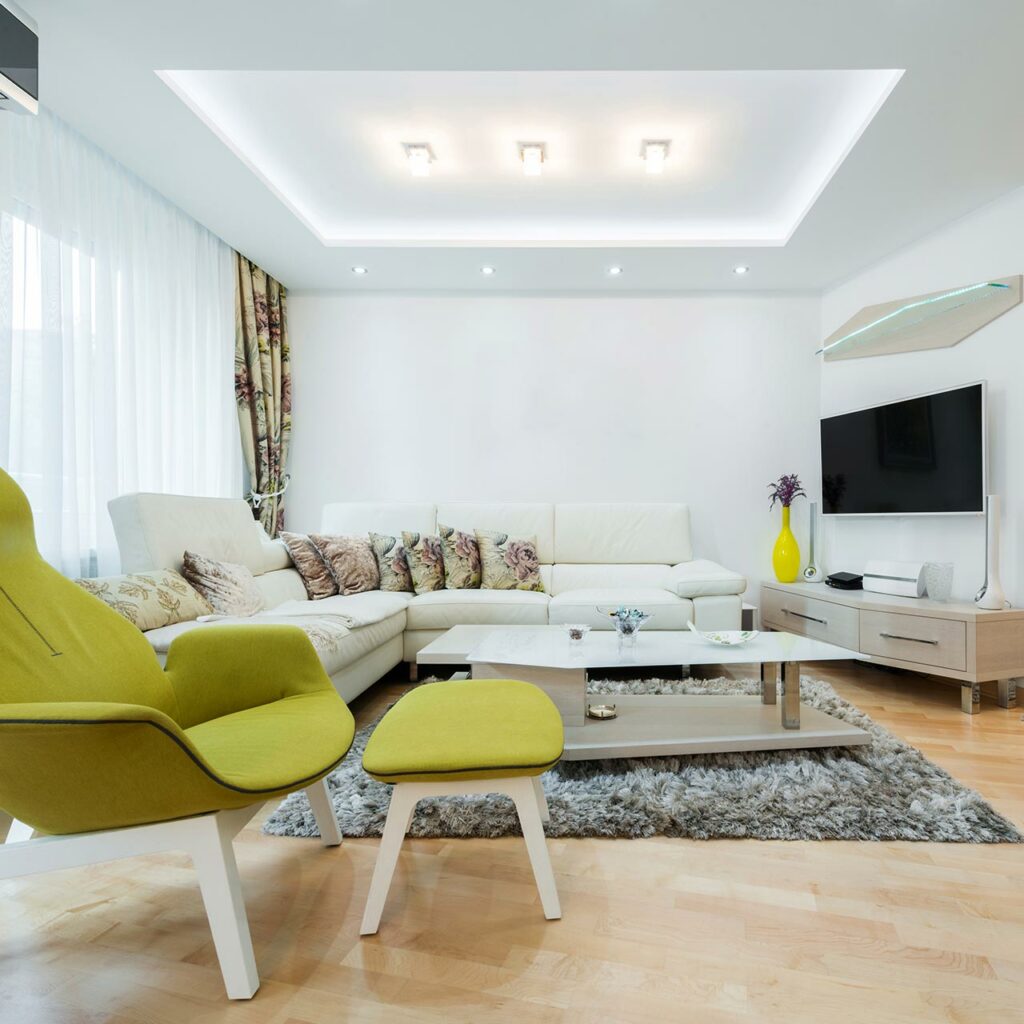Lighting Design: Illuminating Homes Through the Ages and Modern Techniques
Lighting, an indispensable element in our daily lives, has evolved tremendously from its rudimentary beginnings to the advanced systems we rely on today. Its significance extends beyond mere illumination, as it plays a crucial role in shaping the aesthetics and ambiance of our homes.

Historical Evolution of Lighting
* Natural Light (70,000 BC): Humans solely relied on natural light, with their daily routines dictated by the sun’s cycles.
.jpg)
* Wicks (70,000 BC): The invention of wicks fueled by natural fat allowed for artificial lighting, providing warmth and extending nighttime activities.
* Torches (40,000 BC): Torches became a portable source of light, used both indoors and in public spaces.

* Animal Fat and Candles (Medieval Ages): Animal fat and candles dominated lighting during the Dark Ages, with candle holders and chandeliers gaining prominence as displays of opulence.
Modern Lighting Innovations
Over the last few centuries, lighting technology has advanced at an unprecedented pace, leading to significant breakthroughs:
* Petroleum Lamps (19th Century): Petroleum lamps provided brighter and more efficient illumination than candles.
* Gas Lighting (19th Century): Gas lighting emerged as a brighter and cleaner alternative, transforming street lighting and indoor spaces.
* Electric Lighting (19th Century): The invention of the light bulb revolutionized lighting, enabling electric fixtures and versatile illumination.
* Fluorescent Lighting (20th Century): Fluorescent lighting became popular for energy efficiency and long lifespan.
* LED Lighting (21st Century): LED (light-emitting diode) technology has become the standard due to its energy efficiency, color accuracy, and long life.
Types of Lighting Techniques
Understanding the different types of lighting techniques is essential for creating well-lit and inviting spaces:
* Ambient Lighting: Provides general illumination, casting soft light throughout a room.
* Task Lighting: Focuses light on specific tasks, such as reading or working.
* Accent Lighting: Highlights focal points, such as artwork or architectural features, adding drama and interest.
Choosing Lighting for Different Rooms
Each room requires specific lighting considerations based on its function and ambiance:
* Foyer: Warm and welcoming ambient lighting with accent lighting for focal points.
* Living Room: Layered lighting combining overhead, floor, and table lamps with dimmers for mood adjustment.
* Dining Room: Dimmable lights for intimate dining and statement chandeliers or pendants for ambiance.
* Kitchen: Functional task lighting for counters with under-cabinet lighting for accentuation.
* Bedroom: Mellow mood lighting with bedside lamps and controlled pendant lighting for relaxation.
Tips for Effective Lighting Design
* Set a Budget: Determine your budget to guide fixture selection and installation.
* Consider Natural Light: Maximize natural light by strategically placing windows and using sheer fabrics.
* Use Multiple Sources: Combine different types of lighting to create layers and avoid flat lighting.
* Adjust Light Intensity: Install dimmers to control brightness and ambiance.
* Experiment with Color: Choose light bulbs with different color temperatures to create desired moods and effects.
* Consult an Expert: Consider seeking professional guidance from an interior designer or lighting specialist to optimize your lighting design.
Conclusion
Lighting has come a long way since its humble beginnings, transforming our homes into illuminated spaces that enhance comfort, functionality, and aesthetic appeal. By embracing modern lighting techniques and understanding the principles of effective lighting design, homeowners can create well-lit and inviting spaces that reflect their unique style and personality.
Lighting Design